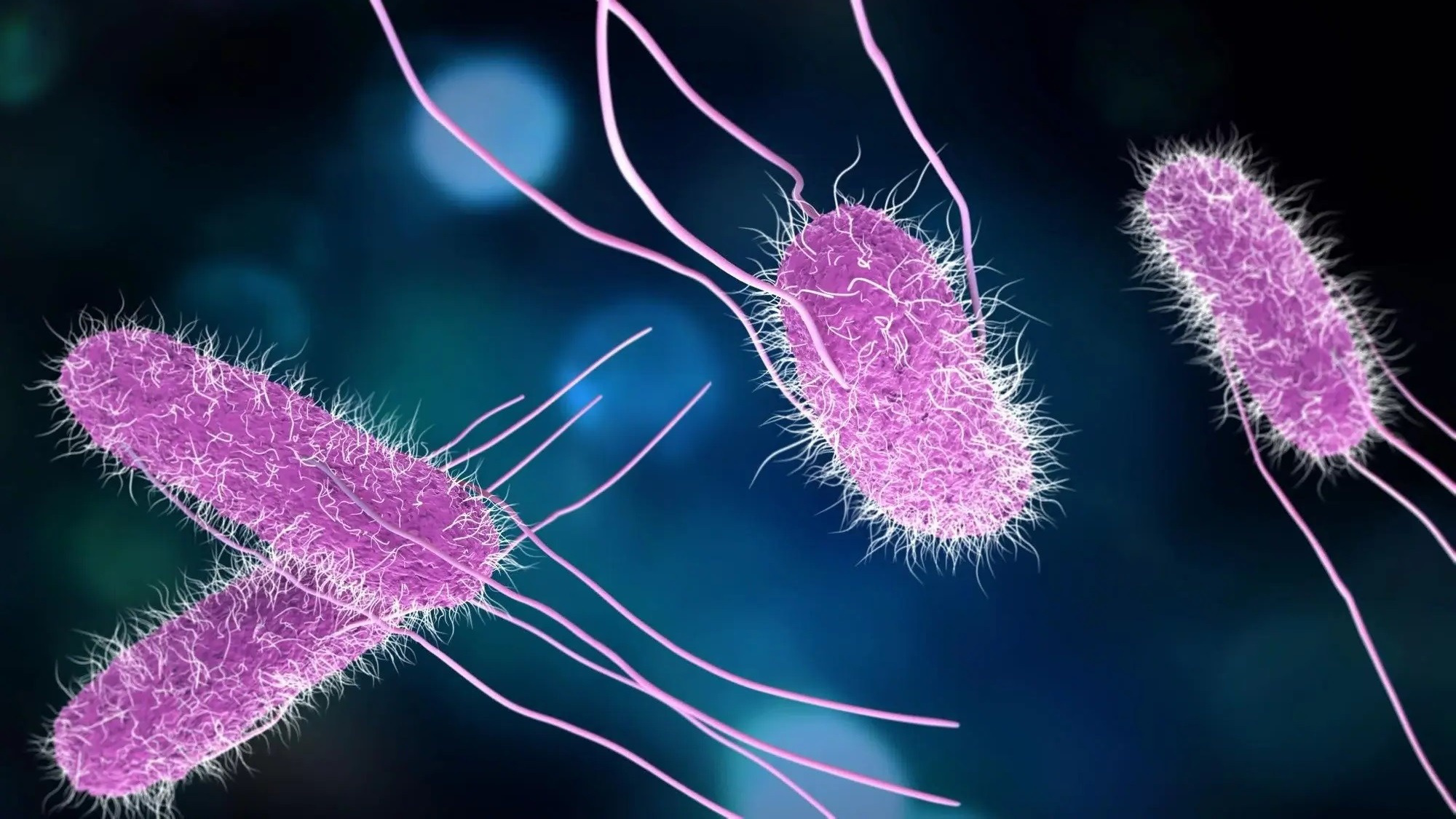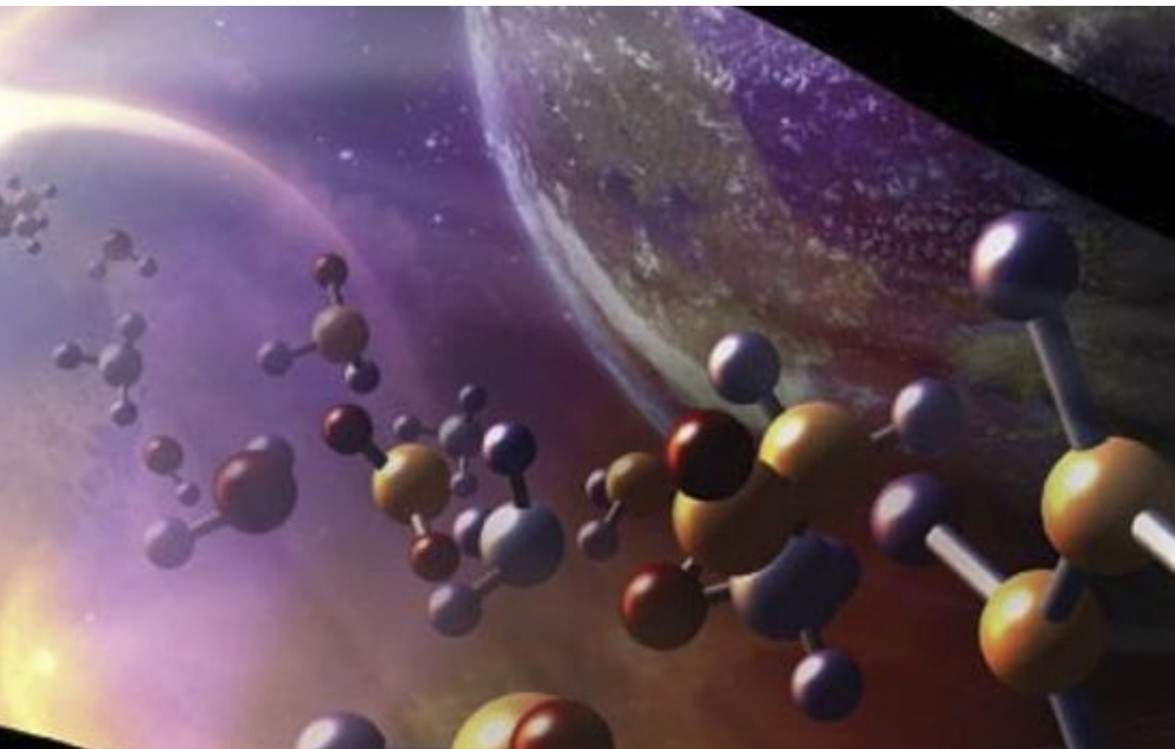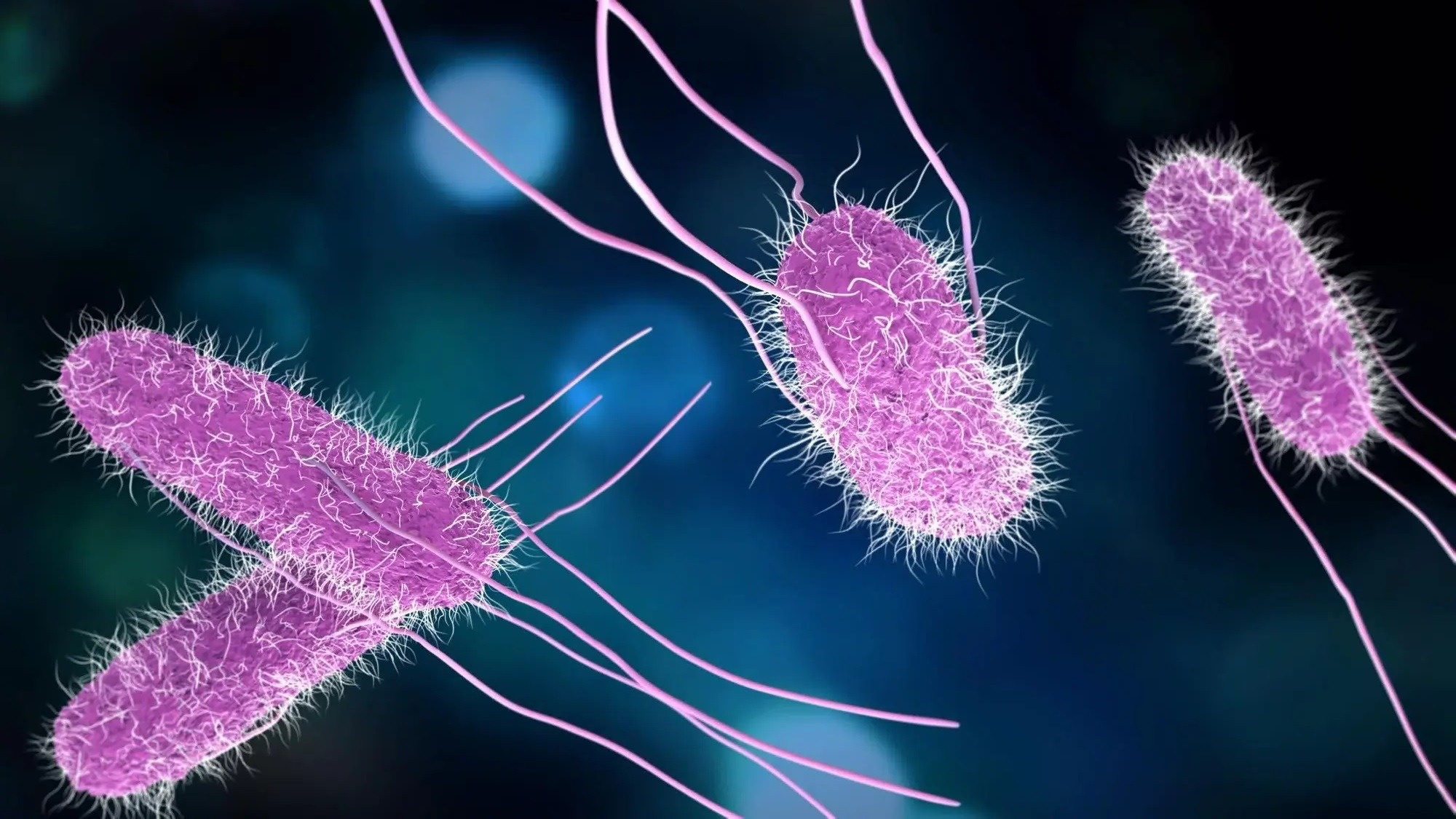The quest to find life beyond Earth has long captivated scientists and the general public alike. As we explore the cosmos, one intriguing candidate that may help unlock the secrets of extraterrestrial life is purple bacteria. These resilient microorganisms, thriving in extreme conditions on Earth, offer promising clues about the potential for life on other planets. In this article, we delve into the fascinating world of purple bacteria and explore how they might be the key to discovering life beyond our planet.

## Understanding Purple Bacteria
Purple bacteria, also known as purple sulfur bacteria and purple non-sulfur bacteria, are a group of photosynthetic microorganisms. They are characterized by their distinctive purple, red, or brownish hues, which result from the pigments they use to capture light energy. These bacteria belong to the Proteobacteria phylum and can be found in various aquatic environments, including freshwater, marine, and hypersaline habitats.

What sets purple bacteria apart from other microorganisms is their remarkable ability to thrive in extreme environments. They can survive in conditions with low oxygen levels, high salinity, and varying temperatures. This adaptability is attributed to their diverse metabolic capabilities, allowing them to utilize different energy sources and photosynthetic processes.
## Purple Bacteria and the Search for Extraterrestrial Life
One of the primary reasons purple bacteria are of interest in the search for extraterrestrial life is their ability to survive in harsh conditions. Many scientists believe that if life exists elsewhere in the universe, it is likely to be found in environments similar to those where extremophiles like purple bacteria thrive on Earth. These bacteria provide a model for understanding how life can adapt to extreme environments, such as those found on Mars, Europa, or Enceladus.

Purple bacteria utilize a form of photosynthesis that does not produce oxygen, known as anoxygenic photosynthesis. This process relies on bacteriochlorophyll pigments to capture light energy, which can be particularly advantageous in low-light conditions. The ability of purple bacteria to harness energy in this way suggests that similar organisms could exist on planets or moons with minimal sunlight, broadening the scope of environments where life might be found.
The presence of purple bacteria or similar microorganisms on another planet could serve as a strong indicator of habitability. Scientists are exploring biosignatures—substances or phenomena that provide scientific evidence of past or present life. The metabolic byproducts and unique pigments of purple bacteria could be detected by instruments on space probes, offering clues about the potential for life beyond Earth.
## Research and Exploration
Mars has long been a focal point in the search for extraterrestrial life. Its surface features, such as ancient riverbeds and lakebeds, suggest that liquid water once flowed on the planet. Purple bacteria’s adaptability to various water conditions makes them a prime candidate for potential Martian life forms. Ongoing missions, such as NASA’s Perseverance rover, aim to search for biosignatures and other evidence of life on Mars, with purple bacteria being a significant point of interest.
Beyond Mars, the icy moons of Jupiter and Saturn—Europa and Enceladus—are also prime targets for the search for life. These moons are believed to have subsurface oceans beneath their icy crusts, environments where extremophiles like purple bacteria could potentially thrive. Future missions, such as NASA’s Europa Clipper and the proposed Enceladus Life Finder, will focus on exploring these hidden oceans for signs of life.
The discovery of exoplanets—planets orbiting stars outside our solar system—has expanded the search for life beyond our immediate cosmic neighborhood. Some of these exoplanets are located in the habitable zone, where conditions might support liquid water. By studying the adaptability of purple bacteria, scientists can better understand which exoplanets might be capable of supporting life.
## Implications for Astrobiology
The study of purple bacteria and their extremophilic characteristics challenges our understanding of the limits of life. These microorganisms demonstrate that life can thrive in environments previously thought to be inhospitable, prompting scientists to reconsider where and how they search for extraterrestrial life.
Research into purple bacteria’s unique metabolic processes and energy utilization also has implications for synthetic biology. By harnessing the capabilities of these microorganisms, scientists can develop new technologies for sustainable energy production, bioremediation, and even space exploration, where efficient energy utilization is crucial.
The adaptability and resilience of purple bacteria provide valuable insights for designing future missions and instruments aimed at detecting life. Understanding the environmental conditions and biosignatures associated with these microorganisms allows scientists to refine their search strategies, increasing the likelihood of discovering extraterrestrial life.
Purple bacteria offer a unique window into the possibilities of life beyond Earth. Their ability to thrive in extreme environments, coupled with their distinctive metabolic processes, makes them a compelling model for studying potential extraterrestrial life forms. As scientists continue to explore our solar system and beyond, the lessons learned from these remarkable microorganisms will undoubtedly play a crucial role in unveiling the secrets of life in the cosmos. Whether on Mars, the icy moons of Jupiter and Saturn, or distant exoplanets, the key to finding life beyond Earth may very well lie in the tiny, yet extraordinary, purple bacteria.

